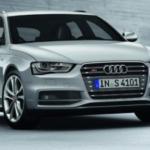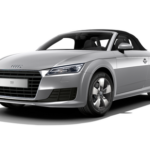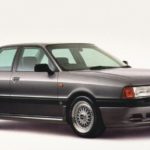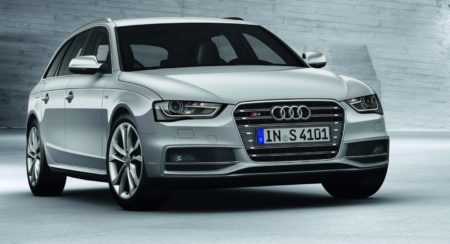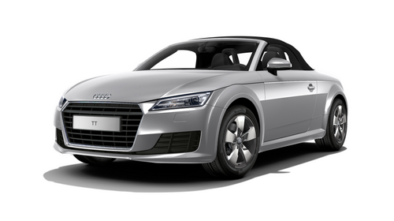Audi Q7 4L 2005 - 2015 - Used, TDI engines
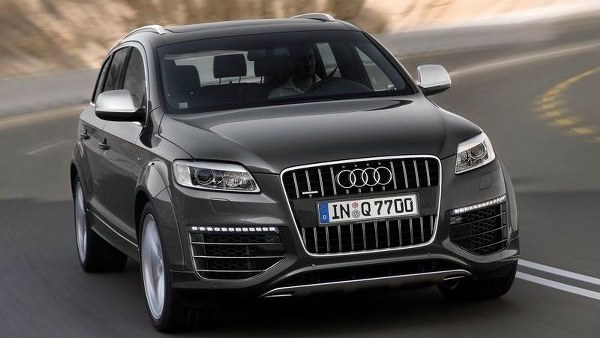
Audi Q7 4L
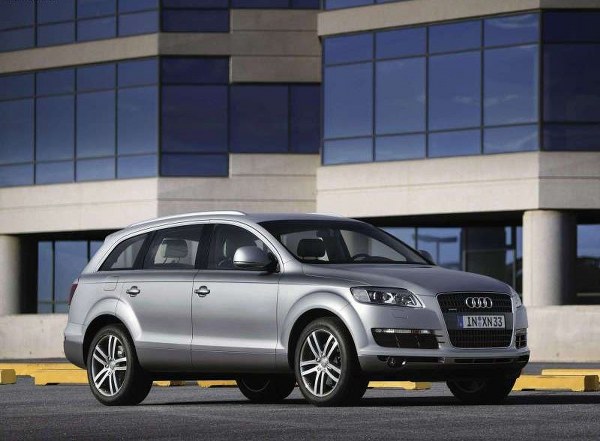
Audi Q7 4L
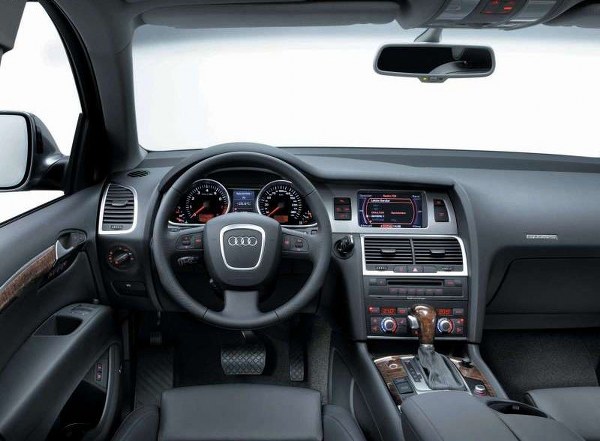
Audi Q7 4L
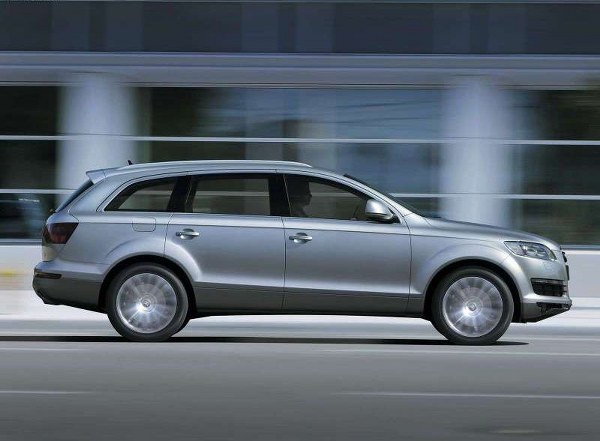
Audi Q7 4L
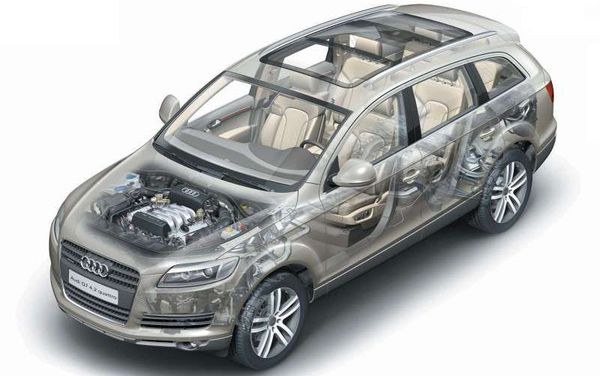
Audi Q7 4L
Audi Q7 - engines
Audi TDI Q7 3.0
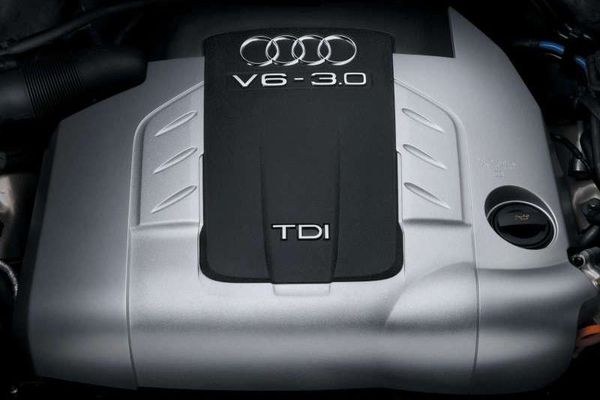
Audi TDI Q7 3.0
The reliability of the engine is quite satisfactory, but it is necessary to know and possibly eliminate some weak points. As the number of kilometers increases, problems with the drive chain mechanism appear. Problems with chain tensioners will lead to chain loosening and chain vibration and further chain towing. Excessively loose chain is usually manifested by the sound of the chain rattling at idle, especially after a cold start, it gradually begins to be heard even at rest even when the engine is warmed up at low speeds. These sounds are not worth underestimating, because their neglect and further pulling of the chain can lead to skipping the chain and later fatal damage to the engine. It should be added that the drive chain is more sensitive in the case of older versions of the engine, and with newer two-chain engines 180 HP / 150 kW the drive mechanisms are much more durable. Changing the chain is financially very demanding, it greatly increases the work, because the chain is on the gearbox side in all versions and it is necessary to remove the engine from the vehicle.
Audi Q7 4.2 TDi
6,0 TDi
Audi Q7 - Petrol engines
Audi Q7 - Reliability and the most common problems
Service
| Body type: |
Five-door SUV
|
|---|---|
| Dimensions (L x W x H mm): | 5085-5088 x 1983 x 1735-1737 |
|
Wheelbase
(Mm): |
3002 |
| Luggage space (l): | 330/775/2035 |
| Drive |
all wheels
|
| Fuel Tank Volume (l) | 100 |
| Motor | Volume | Engine code | Power |
|---|---|---|---|
| 3.0 TFSI | 2995 cc | CJTC, CJWC | 200 kW |
| 3.0 TFSI | 2995 cc | CJWE, CTWB | 206 kW |
| 3.0 TFSI | 2995 cc | CJTB, CJWB, CNAA, CTWA | 245 kW |
| 3.6 FSI | 3597 cc | BHK | 206 kW |
| 4.2 FSI | 4163 cc | BAR | 257 kW |
| Motor | Volume | Engine code | Power |
| 3.0 TDI | 2967 cc | CJGC, CJMA | 150 kW |
| 3.0 TDI | 2967 cc | BUN, CASB | 155 kW |
| 3.0 TDI | 2967 cc | CATA | 165 kW |
| 3.0 TDI | 2967 cc | BUG | 171 kW |
| 3.0 TDI | 2967 cc | CASA, CCMA, CJGA, CNRB | 176 kW |
| 3.0 TDI | 2967 cc | CJGD, CRCA, CLZB | 180 kW |
| 4.2 TDI | 4134 cc | BTR | 240 kW |
| 4.2 TDI | 4134 cc | CCFA, CCFC | 250 kW |
| 6.0 TDI | 5934 cc | CCGAMore | 368 kW |
Audi Q7 prices - used preview
Recommendation of similar texts:

Hi there, I am Mladen and I am an auto enthusiast. I started this blog years ago to help like minded people share information about latest cars, car servicing ideas, used car info, exotic cars, and auto technology. You will find helpful articles and videos on a wide variety of cars - Audi, Mercedes, Toyota, Porsche, Volvo, BMW and much more. Ping us if you have anything cool to share on latest cars or on how to make older cars more efficient, or just want to say hi!



